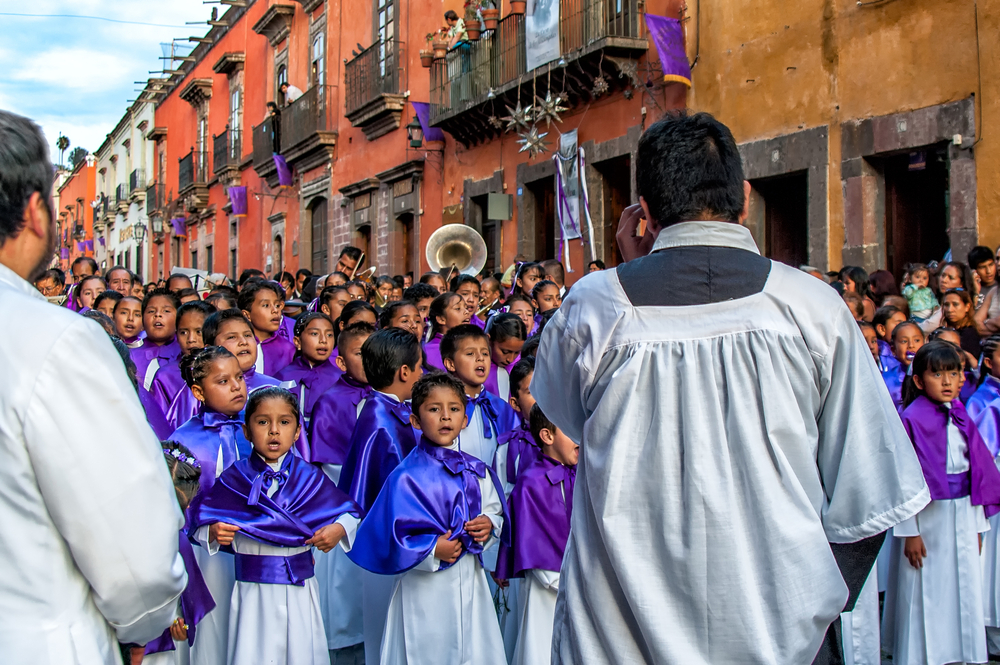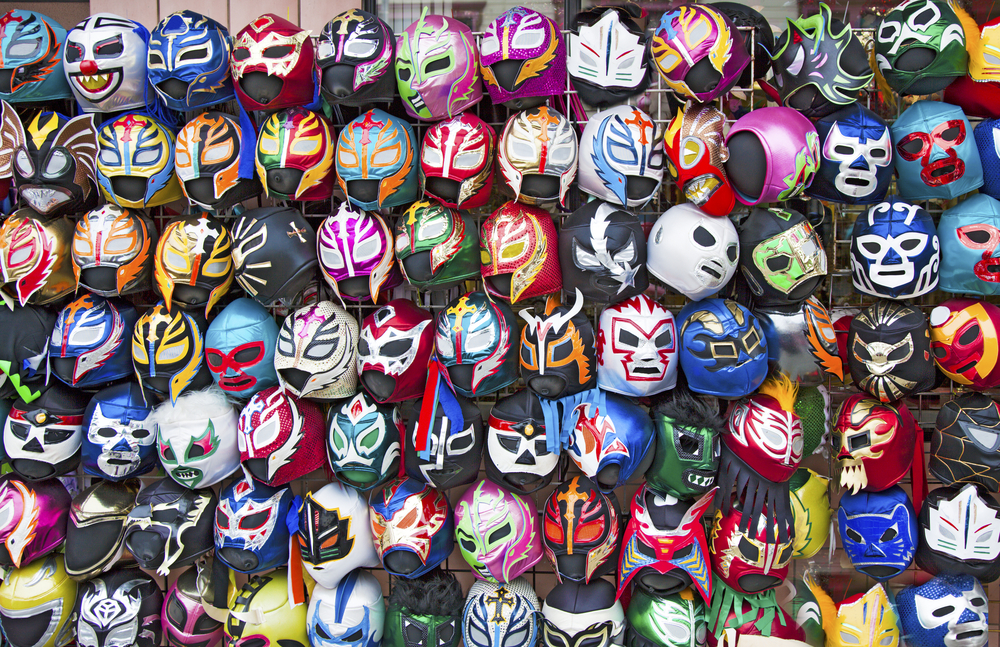Country Snapshot: Cultural Overview
Mexico is a socially and economically stratified country encompassing a contrast of affluence and poverty, natural splendor, and urban blight. Although city life in Mexico is highly Westernized and similar to that of the United States, village life in some areas is much the same as it was in pre-colonial times. This cultural dichotomy between the haves and have-nots and the modern and traditional is in many ways a defining characteristic of the country.
Cultural diversity in Mexico reflects its indigenous civilizations and its time as a Spanish colony. Most Mexicans are mestizos of mixed pre-Columbian and European cultures. Spanish is the official language, but most businesspeople speak English. Indigenous languages including Nahuatl and assorted Mayan languages are spoken regionally. Pressure for greater recognition and rights for Mexico's indigenous people have been persistent issues, receiving international attention in 1994 when at least 150 people died during an uprising led by the Zapatista rebel movement in the state of Chiapas.
Religious customs, practices, and symbolism have a place in the everyday lives of Mexicans and hold considerable cultural and social value. In general, the family and the Roman Catholic Church are the cornerstones of all major life events, including births, marriages, and deaths. Mexicans are in general devout, but the level of devotion has steadily declined. Participation in religious rites remains high, however. Among the most popular is Día de los Muertos (Day of the Dead), which blends native religious beliefs with Christian feast days and celebrates both life and death. Recognized on November 1–2, the holiday includes adorning home alters as well as gravesites of loved ones with flowers and food, while music and light-hearted skull imagery are major components.
Mexican women have become a growing part of the workforce as the result of government efforts to eliminate gender disparities. Career opportunities, working conditions, earnings, and benefits for women, however, still fall below those of men. However, women's participation in 21st century government amounts to them holding about one-half of seats at the federal level, with record numbers of women achieving governorships as well as appointments by the president to various positions. In 2023, the first female chief justice to the Supreme Court of Justice of the Nation was elected.
Some Mexicans continue to confine women to the traditional role of homemaker, though others embrace the growing presence of women in all social and economic spheres. In both cases, society reveres the concept of the mother and relates it to the Christian Madonna figure—a symbol of chastity and selfless support of one’s children.
Mexican food goes beyond tacos and burritos. In fact, most of what people view as Mexican cuisine is actually the Tex-Mex style of cooking developed in US border towns. Rice, beans, and tortillas are certainly staples, but Mexican cuisine can be quite elaborate, mixing centuries-old recipes with modern combinations. Fresh ingredients are the common denominator, most evident in an assortment of salsas that accompany meals. Tequila, made from the agave plant and used in margaritas, and beer—usually German in style and light in color—are popular beverages. Non-alcoholic favorites include Jarritos brand soft drinks and agua fresca, a fruit juice-and-water drink.
Sports provide inexpensive entertainment for a majority of Mexicans. Soccer is the most popular spectator sport. Aztec Stadium (Estadio Azteca) in Mexico City is one of the largest soccer venues in the world and a testimony to the Latin American passion for the game. Popular traditional Mexican sports include charreria, a local version of rodeo, and bullfighting. Lucha libre, a style of wrestling in which participants are masked like cartoon heroes, has developed a following beyond Mexico’s borders.
Copyright © 1993—2024 World Trade Press. All rights reserved.

 Mexico
Mexico 
